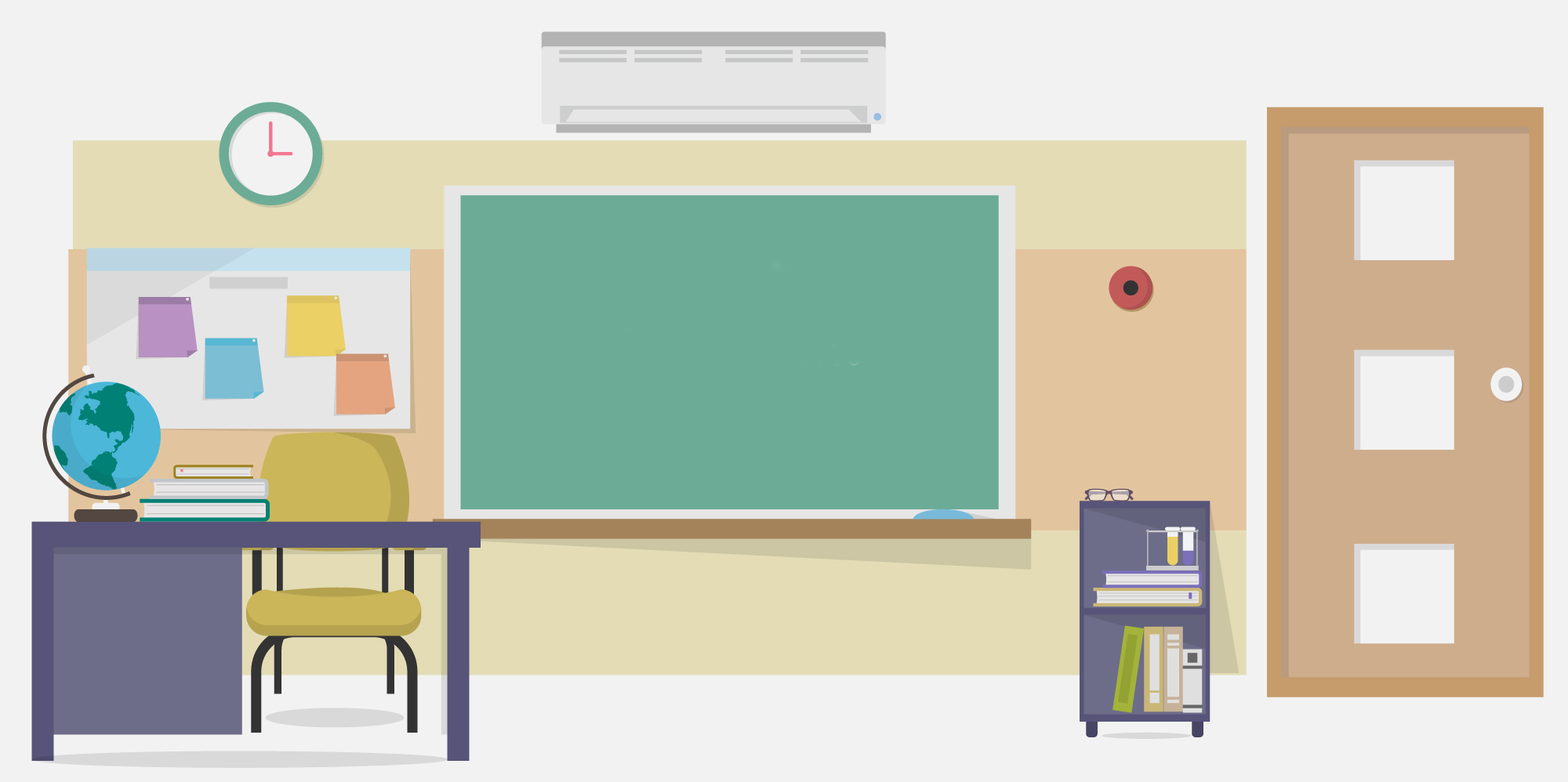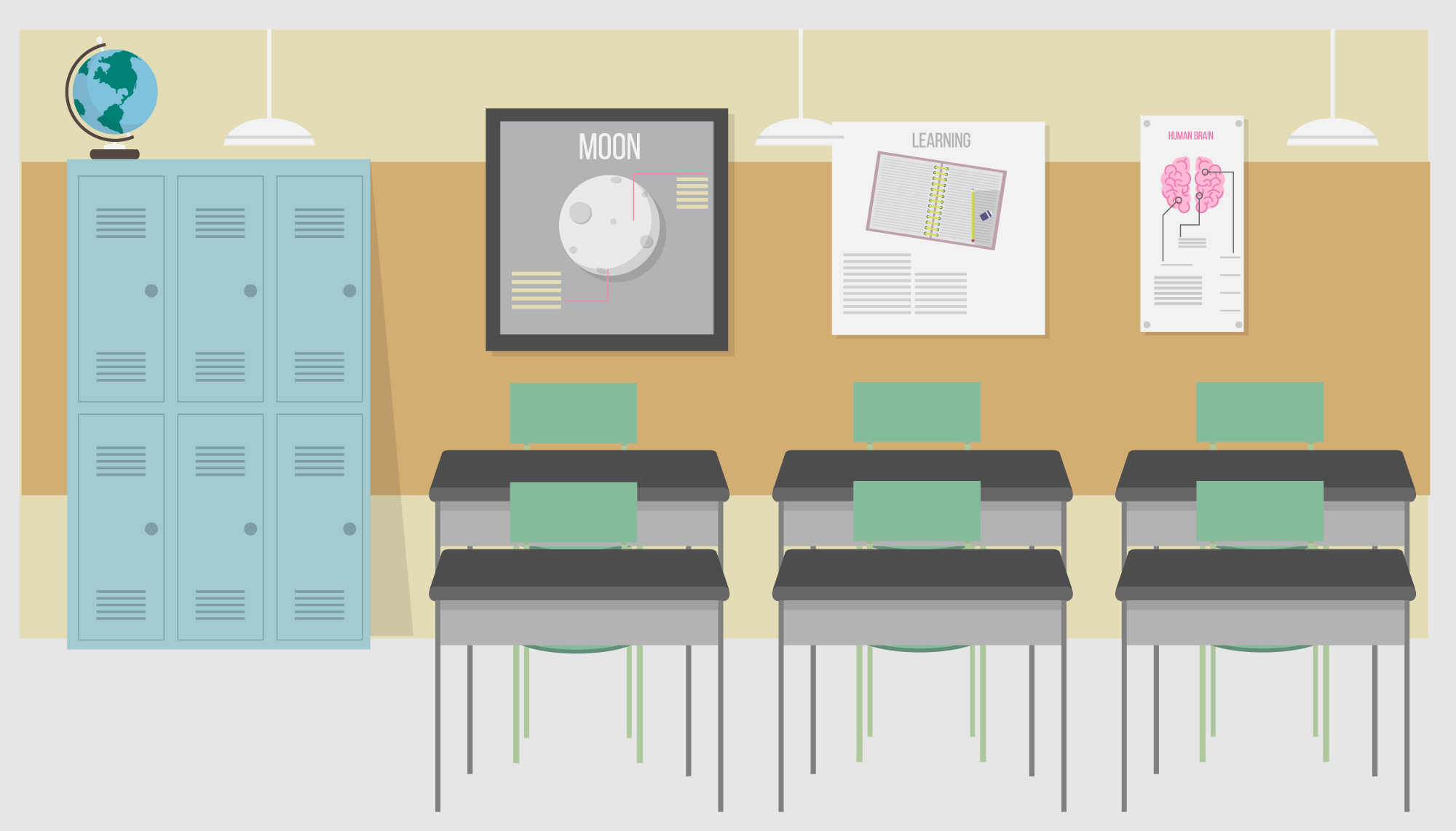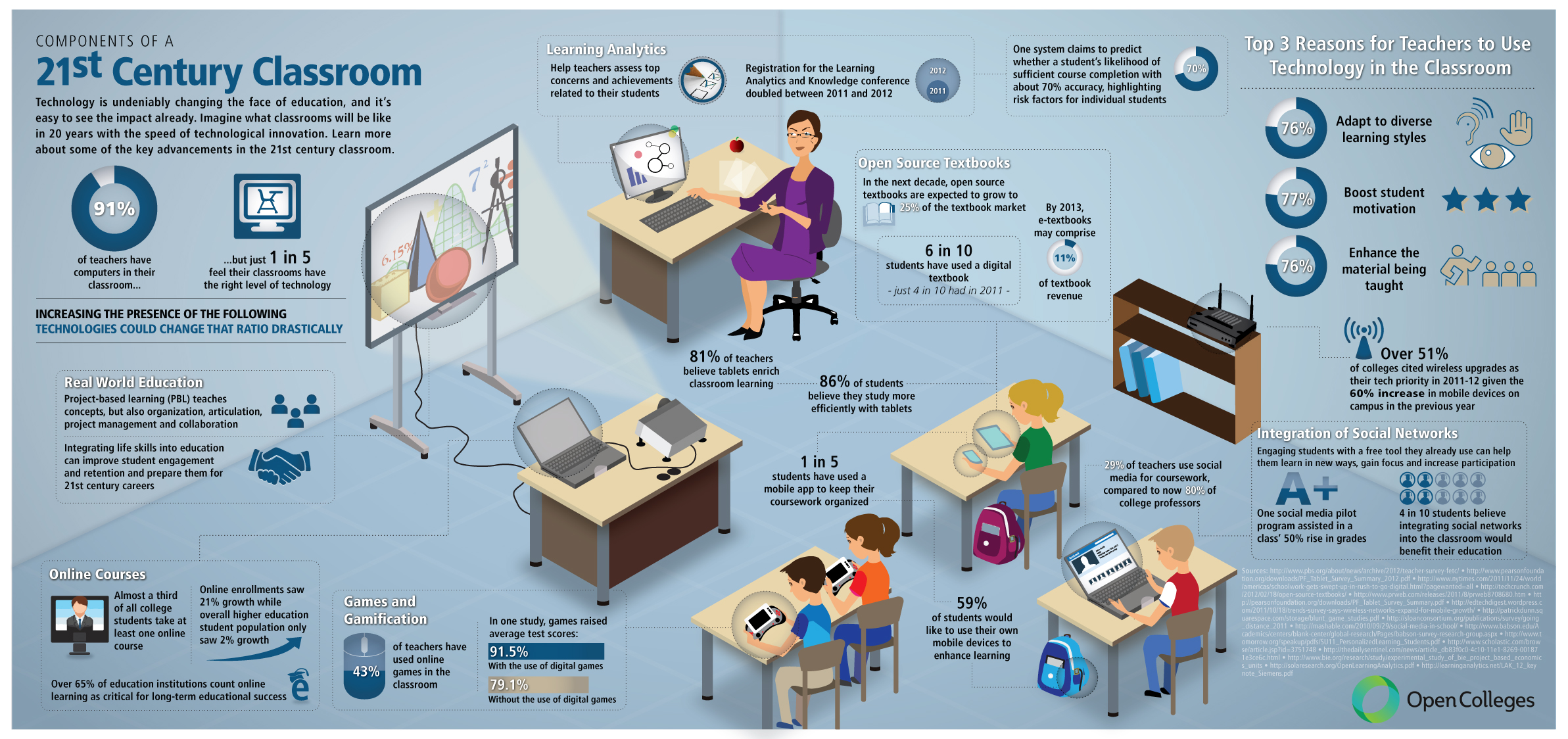The rapid evolution of technology today can be alarming, especially to those not familiar with it.
However, it also has obvious benefits. Teachers today fretfully scold children for using their phones. At the same time, they incorporate new technology into their teaching styles each year. There seems to be a divide in school policy on technology, and a stance should be taken to promote one way or the other. People today should not fear technology as the downfall of the youth. Rather, they should embrace it and explore its many possible applications for learning. Technology is important in education because of better teaching techniques, environmental benefits, and personal exploration.
First, technology has obvious benefits in teaching. Many teachers have been incorporating new programs into their lesson plans, which have shown increased retention. Online programs like Kahoot, for instance, can engage students in an interactive way that is more fun than former techniques. Along with similar programs that make learning seem like a game, Kahoot gives students a competitive energy that increases their will to learn. Flashcard apps, too, are very beneficial to students. Rather than spending a long time writing flashcards, the pupil can find a previously made set of flashcards and wisely spend his time studying. Likewise, online test prep programs can be a more useful tool for studying than practice sheets made by a teacher. The expansive field of information found on the internet helps kids learn more quickly. For example, a student can find a large amount of information for a research project with a single internet search compared to a difficult search through several books in the library. Then, the presentations of the research are more effective with neatly typed essays or professional-looking slideshow presentations. Also with the internet, the teacher has access to a wider variety of videos and other materials that she might not have been able to show her students otherwise. Lastly, new technology allows better communication between teachers and students. Most schools have a website where students can view their grades and teachers can post assignments. By doing this, students work harder after seeing their poor grades. Moreover, the communication teachers have with their class, through a school website or an app like Remind, allows absent students to stay with the class rather than falling behind. Also, students can email teachers with questions over the weekend. The increased communication consequently increases learning. Clearly, there are many applications of technology in the lesson plan, all of which aid learning. 
While simultaneously helping students, technology in the classroom also helps the environment. Classrooms are one of the most wasteful areas that young people encounter. Even with recycling programs, both teachers and students waste many materials. New technologies, when incorporated in schools, can limit the waste. First, programs like Google Classroom allow students to send essays to teachers without using paper or printer ink. Likewise, online homework questions reduce paper use compared to printed worksheets. If students have laptops or tablets, they can take notes online rather than in notebooks. Also, teachers are able to send students papers to read rather than printing a large amount. Some schools even download textbooks to online devices, which greatly reduces paper production. Flashcard apps similarly limit use. Projects using slideshows can take the place of poster boards. However, the waste is not always paper. The metal spirals on notebooks and the plastic covering on folders cause much unnoticed waste. More so, if notes and assignments are done online, the use of pens and pencils will be greatly reduced; ink, pencil lead, and plastic are quickly depleting resources. To each student, his or her waste may seem negligible. Nevertheless, the cumulative waste in classrooms across the country is exceedingly large. Fortunately, technology will aid in the reduction of such waste. 
Lastly, technology allows for personal exploration. With the internet, students have easy access to an innumerable amount of information. There are many interesting topics not offered in traditional schools, and kids can explore these topics on their own by reading articles or watching videos. This individual type of learning is crucial because most kids are bored by the normal class schedule. In school, the teacher and other students view these people as lazy or unintelligent. On the contrary, most of them are intrigued by other subjects and demonstrate their intelligence and adamant when they explore these topics. The internet also allows students to stay active in learning about current events and developing personal ideas on religion, politics, or various philosophies. The internet is a tool that polishes or supplements typical classroom learning. Clearly, technology aids students in personal exploration.
Technology in the classroom has obvious benefits for both teachers and students. Between the new teaching techniques, environmental protections, and access to individual development, technology is essential to schools and the world. The hesitancy that many people have towards these new techniques is rather unwarranted. Though unfamiliar with them, there is no need to reject them completely. While there many are clear negative side effects of technology, like desocialization, they are completely outweighed by the benefits. The future is bright for classrooms because of new technologies.
Environmental Studies
Latest posts by Zachary Fox (see all)
- Technology in Classrooms - April 27, 2017


One thought on “Technology in Classrooms”